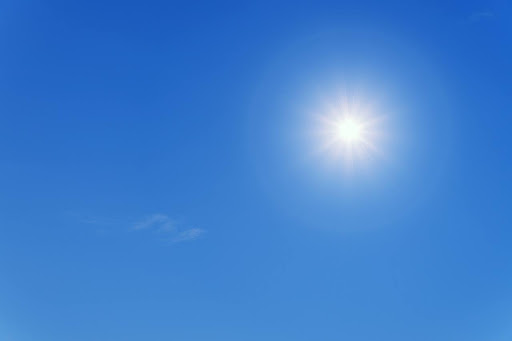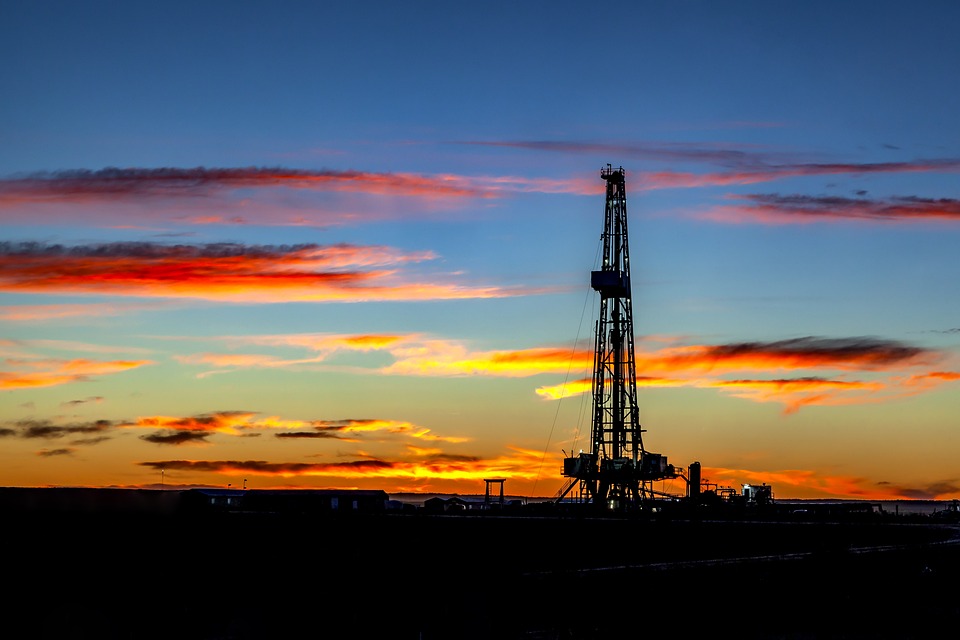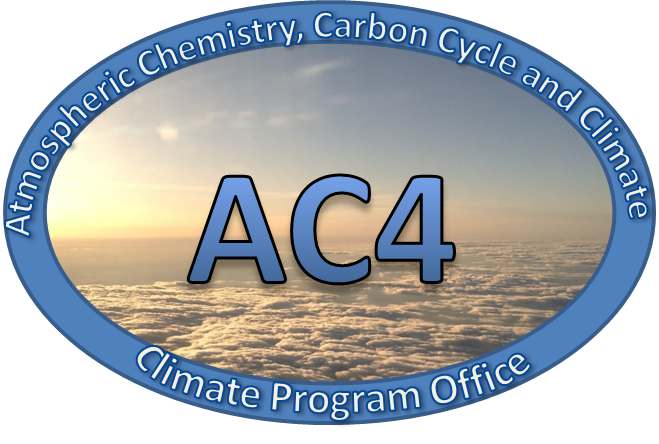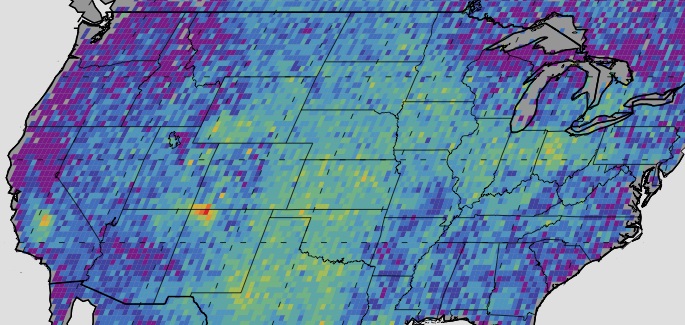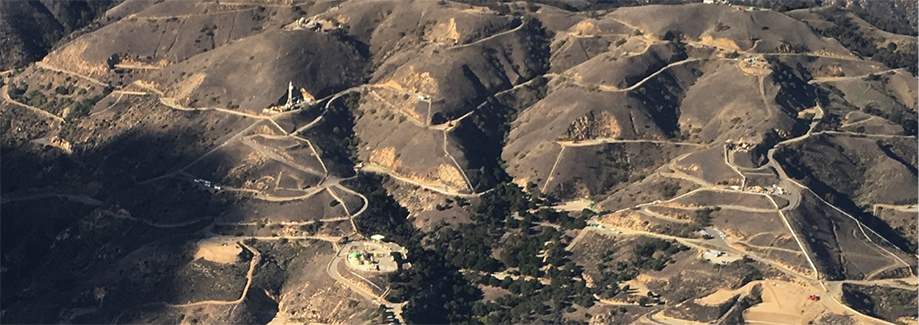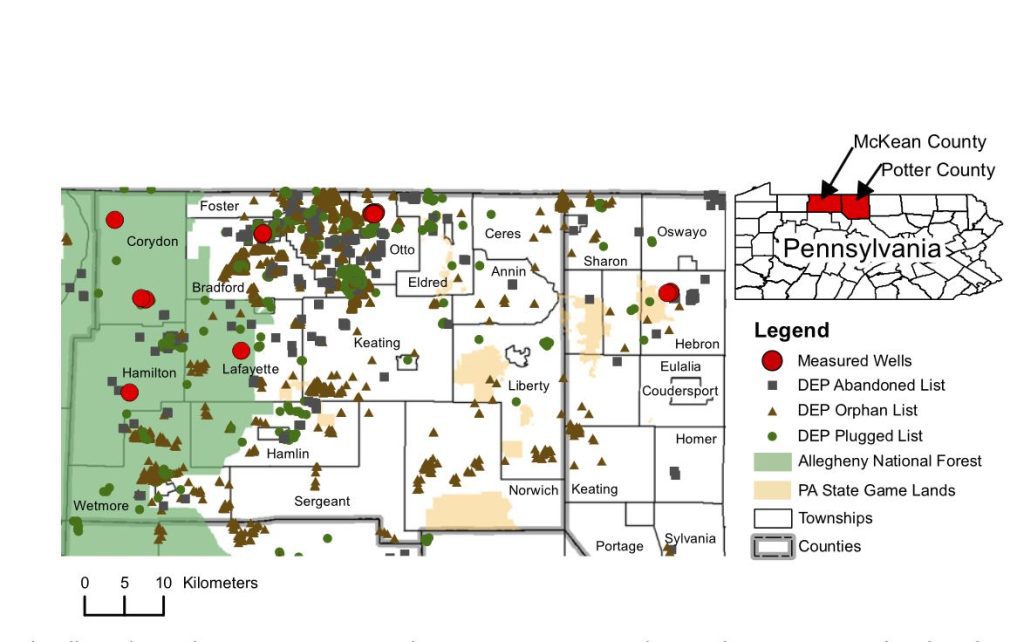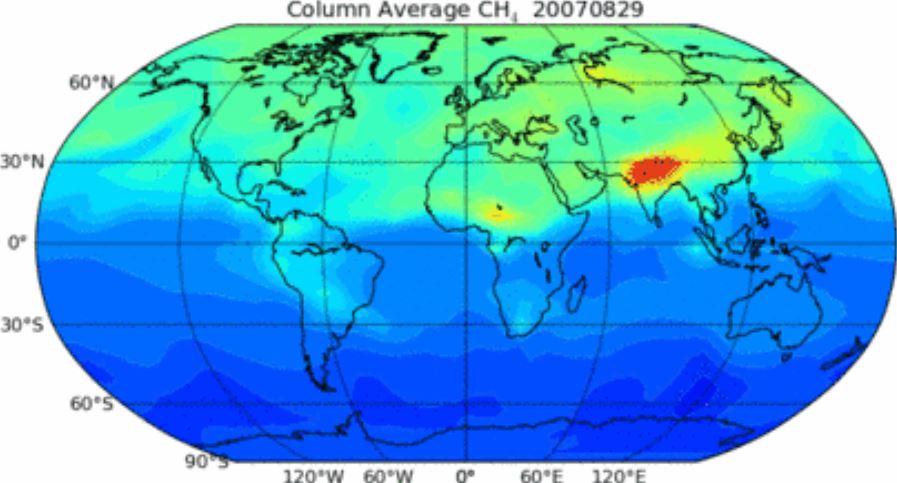New discovery in atmospheric chemistry helps predict methane’s role in climate change
In a study published in Science, scientists describe a newly discovered reaction that improves modeling of methane in the atmosphere. Modeling methane’s atmospheric lifetime is important to understanding how the potent greenhouse gas contributes to climate change. To date, models consistently overestimate the amount of hydroxyl radicals (OH), the molecules responsible for breaking down methane, […]
New discovery in atmospheric chemistry helps predict methane’s role in climate change Read More »


